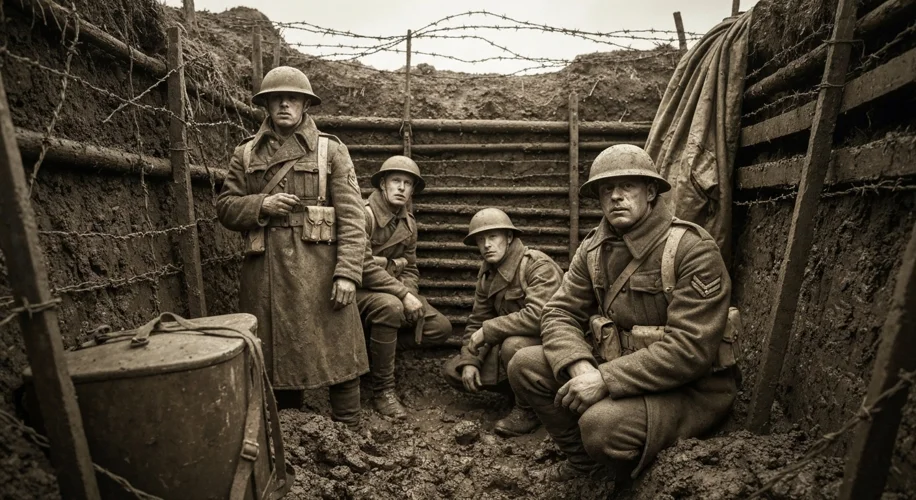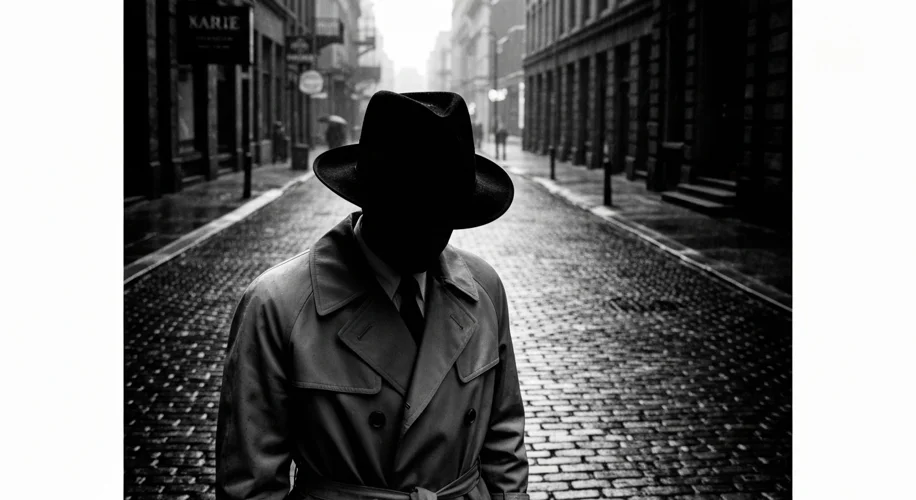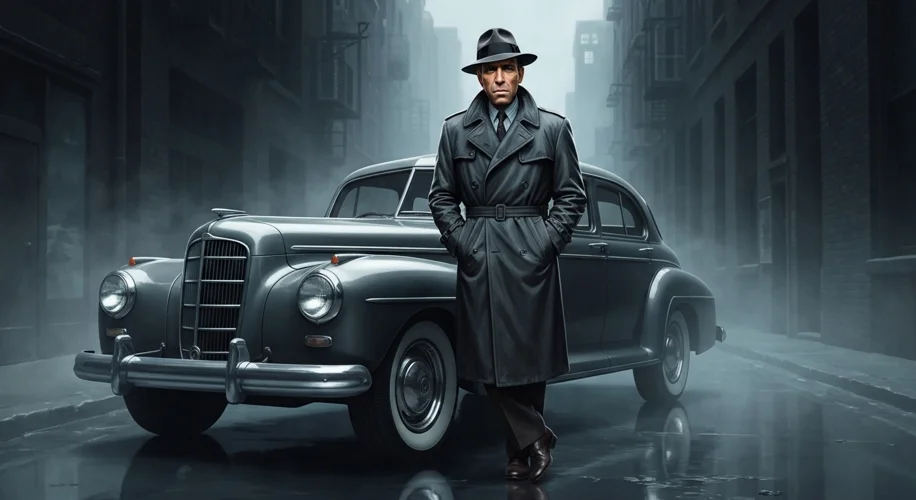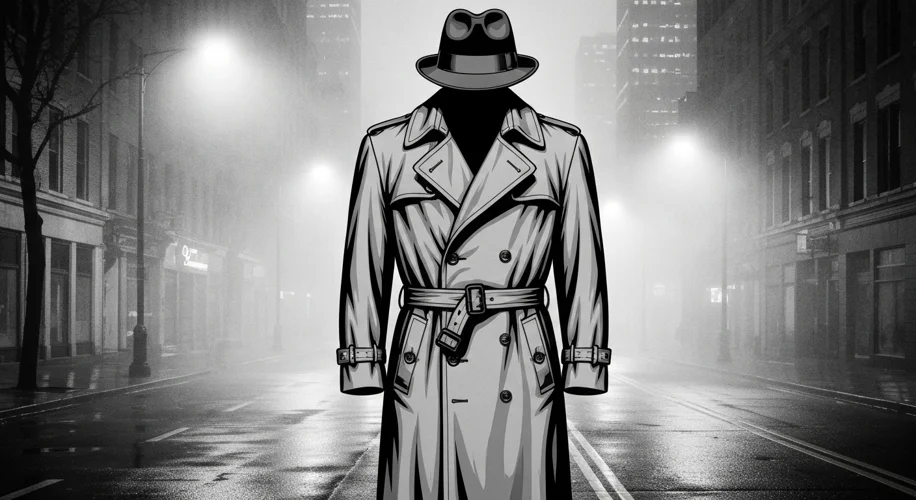The flickering gaslight of a foggy London street, the silhouette of a lone figure emerging from the swirling mist – these are images etched into the collective imagination, conjuring tales of mystery, intrigue, and deductive brilliance. Central to this enduring archetype are two seemingly simple garments: the trench coat and the fedora. But how did these practical pieces of clothing become the sartorial shorthand for the sharp-witted investigator, the tenacious detective, the very embodiment of the private eye?
The story of the trench coat begins not in the shadowy alleys of noir fiction, but on the muddy, brutal battlefields of World War I. Originally designed by Thomas Burberry for British officers seeking a more practical alternative to the heavy greatcoats of the era, the trench coat, or “Trench Warm Uniform,” was a marvel of innovation. Its water-resistant gabardine fabric, double-breasted front, epaulets (for displaying rank and securing equipment), deep pockets, and storm shield were all born out of necessity on the Western Front.

After the war, the trench coat transitioned from military utility to civilian fashion. Its durable construction and protective qualities appealed to a public weary of conflict but still appreciative of resilience. It was this very resilience, coupled with a sense of understated authority, that began to draw the attention of a burgeoning genre: the crime novel and its cinematic counterpart.
Simultaneously, the fedora, a soft-brimmed felt hat, was enjoying its own rise. Named after the Princess Fédora Romanoff, whose dramatic attire in an 1882 play popularized the style, the fedora became a staple of men’s fashion throughout the early 20th century. Its flexible brim could be snapped down to shield the eyes, its crown could be creased to express individuality, and it offered a degree of anonymity, a way to blend into the urban landscape or, conversely, to stand out with a certain rakish charm.

The confluence of these two garments found its most potent expression in the hardboiled detective fiction of the 1920s and 1930s. Writers like Dashiell Hammett, Raymond Chandler, and James M. Cain created characters who navigated the grimy underbelly of American cities. Their protagonists – Sam Spade, Philip Marlowe, Mike Hammer – were often world-weary cynics, men of action who relied on their wits and their grit to solve crimes. The trench coat became their uniform, a shield against the elements and the moral decay surrounding them. It concealed their .38 revolvers, their flask of cheap whiskey, and the cynicism etched onto their faces.
The fedora completed the ensemble, adding an air of mystery and detachment. Pulled low over the eyes, it obscured their gaze, leaving their intentions and emotions open to interpretation. It was a mark of professionalism, a hat worn by men who worked long hours, often at night, and who needed to maintain a certain stoic facade. In the smoky back rooms of bars, in dimly lit offices, and on rain-swept streets, the trench coat and fedora became the visual cues that signaled a detective was on the case.
The golden age of Hollywood further solidified this iconic pairing. Film noir, with its dramatic chiaroscuro lighting, femme fatales, and pervasive sense of doom, cast trench coats and fedoras as essential props. Humphrey Bogart, perhaps the most enduring screen detective, became synonymous with this look. His portrayal of Sam Spade in “The Maltese Falcon” and Philip Marlowe in “The Big Sleep” cemented the image of the trench-coated, fedora-wearing detective in the public consciousness. The coat represented a certain rugged individualism, while the hat added an element of enigmatic cool.

Beyond the fictional realm, the trench coat and fedora also found favor among real-life investigators, journalists, and photographers who operated in challenging urban environments. Their practicality and understated elegance made them suitable for long stakeouts, clandestine meetings, and documenting the unfolding stories of the 20th century. The association with gritty realism and the pursuit of truth, whether through solving a crime or reporting the news, further reinforced the iconography.
In essence, the trench coat and fedora are more than just clothing; they are potent symbols. The trench coat embodies resilience, protection, and a certain world-weariness. The fedora represents mystery, anonymity, and a sharp, discerning gaze. Together, they form a timeless visual language that speaks of mystery, intellect, and the enduring allure of the detective in popular culture. They are the sartorial ghosts of a bygone era, forever walking the shadowy streets of our imagination.

